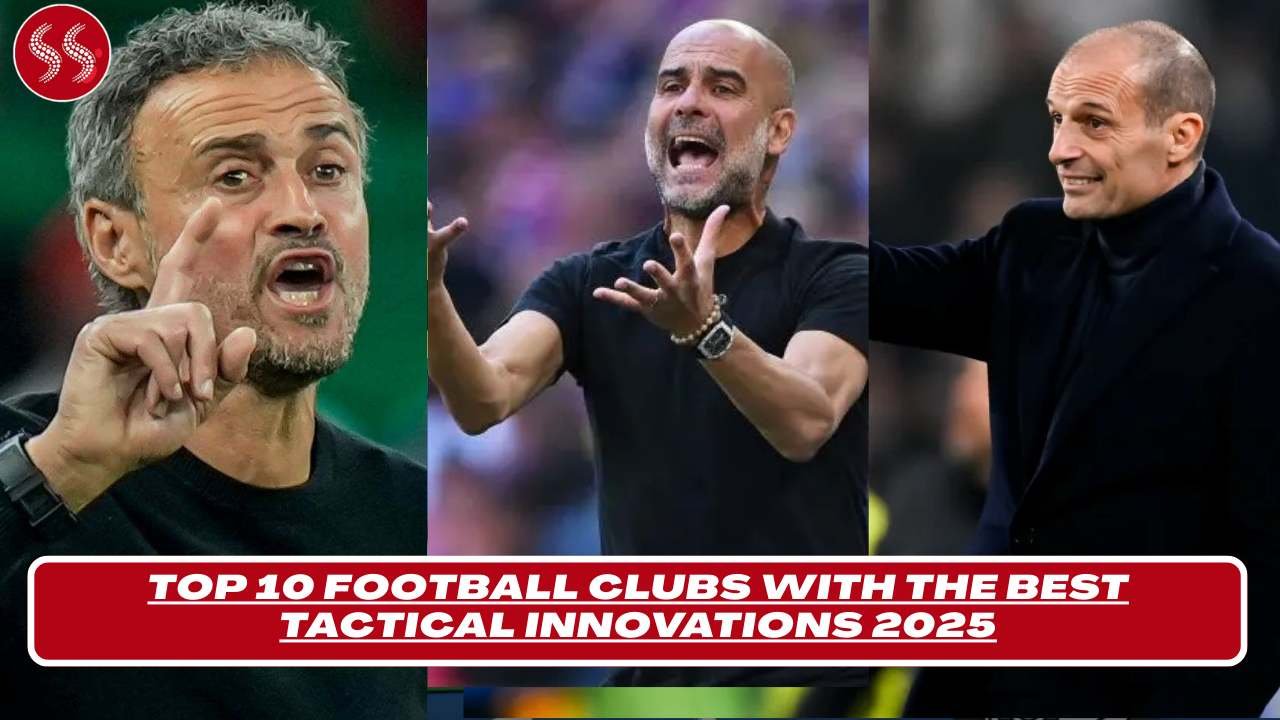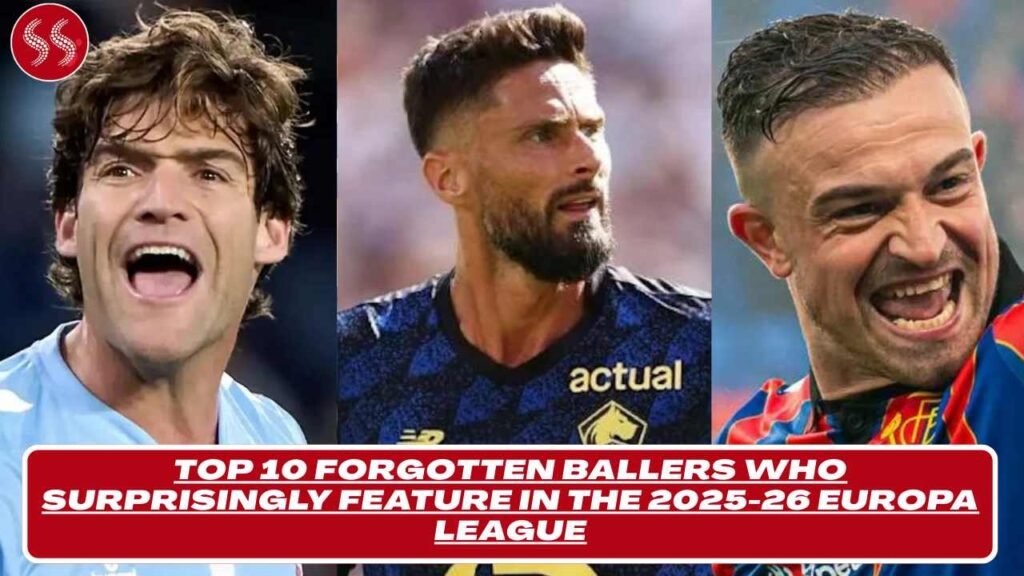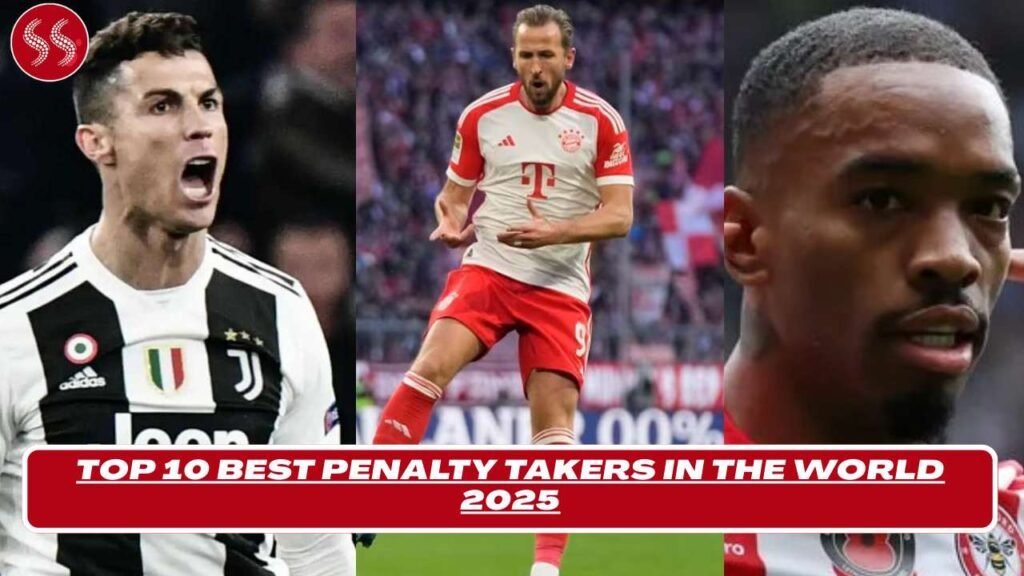Top 10 Football Clubs with the Best Tactical Innovations 2025 explores the teams that are redefining modern football with cutting-edge strategies, creative formations, and revolutionary playing styles. From high-press systems to fluid positional play, these clubs are not just winning matches—they are transforming the game itself. In 2025, football tactics have evolved faster than ever, and these ten clubs are leading the charge, blending technology, data analysis, and inventive coaching to gain every possible advantage on the pitch. Fans, analysts, and competitors alike watch closely as these teams implement daring strategies that challenge conventional norms.
The list highlights how managers experiment with formations, player roles, and dynamic in-game adjustments, making matches more exciting and unpredictable. Whether it’s deploying false nines, inverted fullbacks, or ultra-high pressing lines, these clubs combine tactical intelligence with world-class talent to dominate their leagues and European competitions. Top 10 Football Clubs with the Best Tactical Innovations 2025 provides insight into the masterminds behind these approaches and showcases how strategic evolution can redefine success. From domestic leagues to continental tournaments, these teams are shaping the future of football, inspiring the next generation of players and coaches, and setting new standards in tactical excellence.
10. Atlético Madrid – Diego Simeone
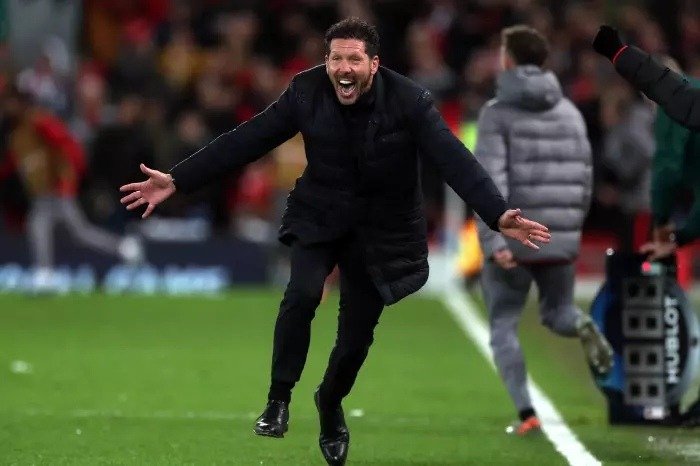
Atlético Madrid, under Diego Simeone, remains a masterclass in defensive organization and tactical discipline in 2025. Simeone’s philosophy prioritizes compactness, structured counter-attacks, and calculated pressing patterns. Atlético’s players maintain positional awareness, ensuring that defensive lines remain tight and difficult to break down, even against Europe’s elite clubs. The team excels at exploiting spaces on the counter, turning defensive solidity into attacking opportunities with remarkable efficiency.
Simeone’s approach combines aggression with intelligence. Players press opponents at strategic moments, limiting space and forcing errors. Defensive midfielders drop back to provide cover, while forwards and wingers participate in high pressing to regain possession quickly. Atlético’s ability to transition from defense to attack seamlessly is one of the key factors in their tactical success.
Moreover, Atlético integrates modern data analysis and video review into tactical planning. Simeone studies opponents’ movements, identifying weaknesses and patterns to exploit. Set-pieces and structured defensive setups are optimized using these insights, giving Atlético an edge in tight matches. Their blend of discipline, tactical intelligence, and counter-attacking prowess ensures that the team remains one of the most tactically respected clubs in Europe, capable of competing against any opponent in both domestic leagues and continental competitions.
9. AC Milan – Massimiliano Allegri
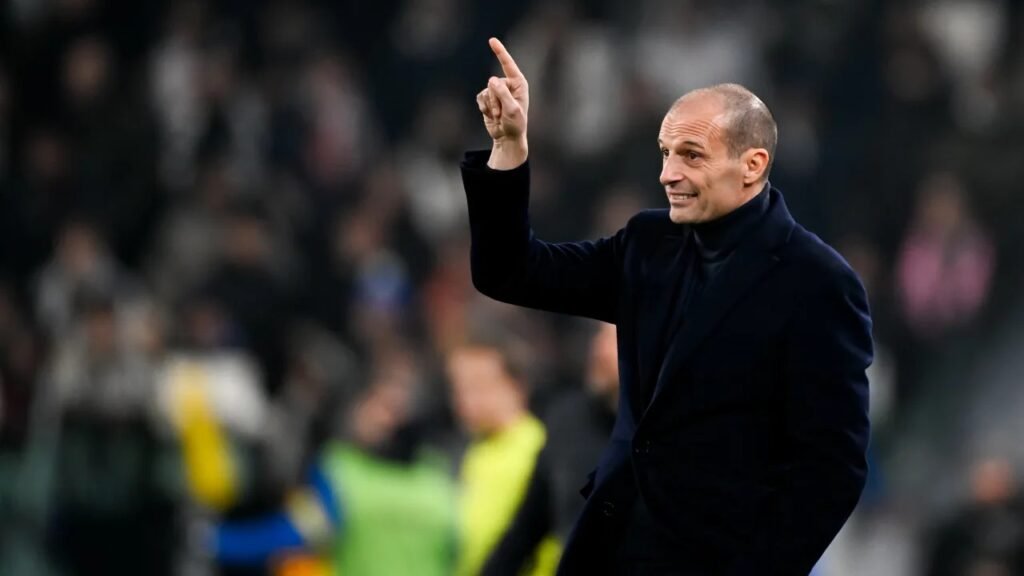
AC Milan, under Massimiliano Allegri, has returned to tactical stability and strategic sophistication in 2025. Allegri, in his second tenure at the club, emphasizes disciplined defensive organization, flexible formations, and intelligent transitions between attack and defense. Unlike his predecessors, Allegri blends traditional Italian defensive rigor with modern positional flexibility, allowing Milan to adapt dynamically to different opponents in Serie A and European competitions.
Allegri’s system focuses on compactness, structured pressing, and calculated rotations in midfield and attack. Fullbacks are tasked with balanced contributions, overlapping to support wingers while maintaining defensive responsibility. Midfielders rotate intelligently to create numerical superiority, enabling Milan to control possession and dictate the tempo. The forwards exploit spaces through coordinated movements, maintaining unpredictability in offensive sequences.
Defensively, Allegri’s Milan excels in minimizing gaps, organizing pressing in key zones, and countering opposition attacks efficiently. The team integrates video analysis and performance metrics into tactical planning, fine-tuning pressing triggers, defensive positioning, and attacking patterns. This combination ensures that the squad can transition smoothly between defensive solidity and attacking creativity.
Under Allegri, AC Milan has regained a sense of tactical clarity and cohesion, balancing innovation with discipline. The team’s structure, adaptability, and intelligence make them a formidable opponent in Italy and Europe. In 2025, Allegri’s Milan demonstrates how disciplined organization, flexible rotations, and strategic planning can transform a club into one of the continent’s most tactically evolved sides.
8. Chelsea – Enzo Maresca
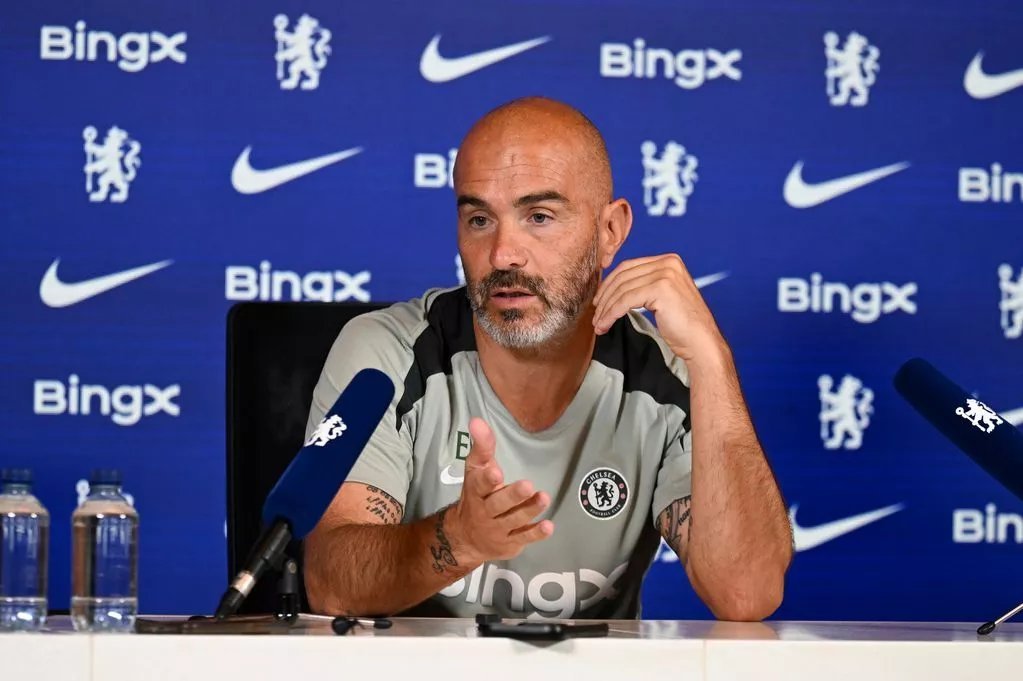
Chelsea, under Enzo Maresca, has embraced a modern tactical philosophy focused on possession, positional rotations, and high pressing in 2025. Maresca, appointed in July 2024, has transformed Chelsea into a versatile, dynamic team capable of controlling games while remaining unpredictable in attack. His system emphasizes intelligent ball circulation, structured pressing, and fluid interchanges between midfielders and forwards, enabling the Blues to dominate key areas on the pitch.
Maresca encourages players to exploit space creatively, with fullbacks overlapping or inverting depending on the match phase. Midfielders rotate positions seamlessly, creating passing triangles and numerical advantages. Forwards interchange intelligently, stretching opposition defenses while maintaining team compactness. High pressing is employed strategically, targeting weak points in opponents’ build-up play to regain possession efficiently and transition quickly into attack.
Defensively, Chelsea balances intensity with organization. Players maintain structure during pressing while anticipating opposition movements, limiting risk even when pressing high. Maresca integrates video analysis and data-driven insights to refine rotations, pressing triggers, and attacking patterns, ensuring the team adapts effectively to different opponents.
Under Maresca, Chelsea combines disciplined defensive organization with fluid attacking transitions, making them one of Europe’s most tactically advanced sides in 2025. The team’s adaptability, positional intelligence, and possession-based strategy have produced notable results, including top-four finishes in the Premier League and strong performances in European competitions. Chelsea under Maresca exemplifies how modern football tactics can merge analytical insight with creative flexibility, setting a benchmark for tactical evolution.
7. Arsenal – Mikel Arteta
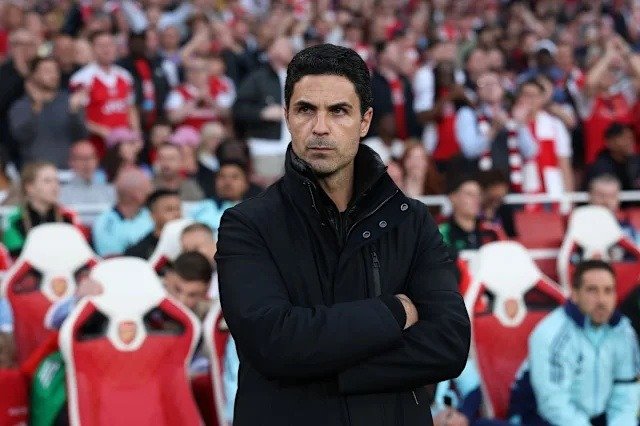
Arsenal, under Mikel Arteta, has developed one of the most innovative tactical systems in 2025. Arteta’s team excels in attacking transitions using inverted fullbacks, false nines, and fluid midfield rotations. These movements confuse defensive lines, creating multiple channels for goal-scoring opportunities while maintaining control over the midfield.
Arteta emphasizes quick positional exchanges between midfielders and forwards. Fullbacks frequently invert or overlap depending on the match phase, while forwards exploit gaps with intelligent off-the-ball runs. This fluidity allows Arsenal to adapt to the opposition’s pressing patterns and respond effectively to different tactical setups.
Defensively, Arsenal maintains compactness and anticipates opposition movements through coordinated pressing triggers. The team strikes a balance between proactive attacking and structured defensive organization. Arteta also incorporates modern match analysis and performance data to fine-tune rotations, pressing intensity, and attacking angles. This combination of innovation and discipline makes Arsenal a model of modern football tactics in Europe, capable of controlling games and producing unpredictable, high-quality attacks consistently.
6. Liverpool – Arne Slot
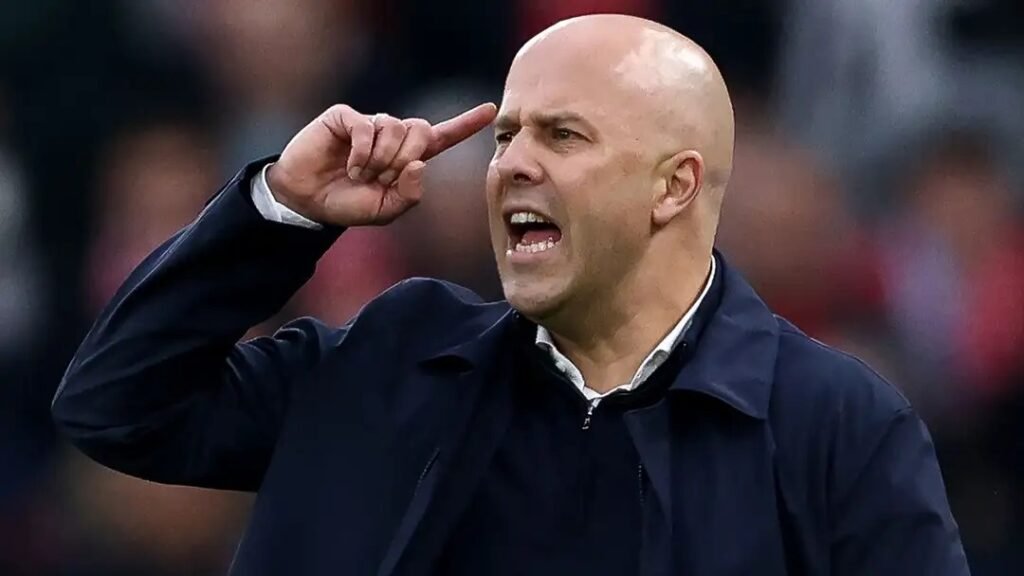
Liverpool, managed by Arne Slot, has refined its high-intensity style in 2025 through precise pressing triggers and rotational formations. Slot balances aggressive attack with defensive stability, ensuring the team can sustain pressure while exploiting counter-attacking opportunities efficiently.
Slot’s system emphasizes fluid positional changes. Midfielders and forwards interchange roles seamlessly, creating unpredictability and forcing opponents to constantly adjust. The pressing is calculated, targeting specific zones, and designed to recover possession quickly. This approach enhances both defensive solidity and attacking effectiveness, making Liverpool formidable in multiple competitions.
Moreover, Liverpool integrates tactical analytics into game planning. Slot studies opposition tendencies to determine optimal pressing zones and rotational strategies. The fullbacks’ overlapping runs, combined with forwards’ intelligent movements, allow Liverpool to stretch defenses while maintaining structural integrity. The synergy of innovation, intensity, and adaptability ensures Liverpool remains a leading example of tactical evolution in modern football, particularly in the Premier League and European competitions.
Also Read:
- Top 10 Biggest Shocks in Football 2025
- Top 10 Football Clubs Chasing Titles in 2025
- Top 10 Football Clubs with the Most Iconic Logos 2025
- Top 10 Football Legends Retiring in 2025
5. Bayern Munich – Vincent Kompany
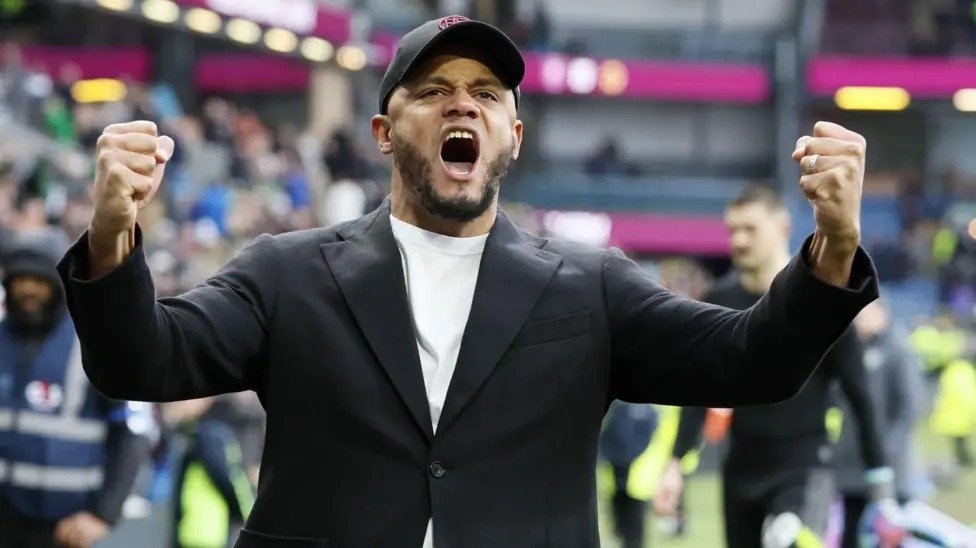
Bayern Munich, led by Vincent Kompany, continues to push tactical boundaries in 2025. The team employs high-line pressing, overlapping center-backs, and positional flexibility to dominate both attack and defense. Kompany’s approach combines strategic planning with real-time adaptability, allowing Bayern to control the tempo and exploit space effectively.
Midfielders rotate intelligently, creating numerical superiority in key areas, while attackers interchange positions to destabilize defensive lines. The high pressing system forces opponents into mistakes, giving Bayern frequent opportunities for rapid counter-attacks. Vincent emphasizes the importance of positional intelligence, where each player understands multiple roles depending on match context.
Defensively, Bayern maintains compactness despite the aggressive high line. Center-backs coordinate with midfielders to cover gaps and anticipate threats, reducing the risk of exposure during pressing. Tactical analysis and performance data are integrated into training sessions, ensuring that player movements and formations are optimized for efficiency. This combination of versatility, pressing intensity, and positional awareness makes Bayern Munich one of Europe’s most tactically advanced clubs in 2025.
4. Real Madrid – Xabi Alonso
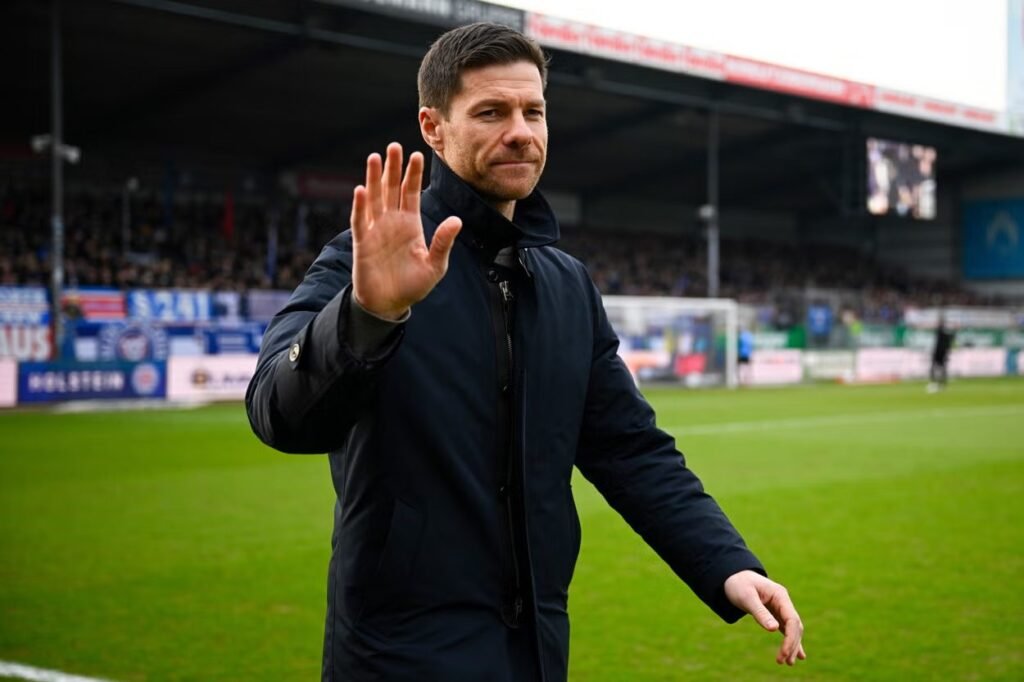
Real Madrid, under Xabi Alonso, has evolved into a tactical powerhouse in 2025. The team utilizes data-driven positional rotations, hybrid formations, and fluid attacking systems, keeping opponents guessing in both La Liga and European competitions. Alonso’s system blends traditional football intelligence with modern analytical insights to optimize both attack and defense.
Players constantly rotate positions, creating passing triangles and numerical advantages. Midfielders drop or push forward depending on possession, while forwards exploit spaces intelligently. This fluidity allows Real Madrid to control matches, dominate transitions, and maintain unpredictability.
Defensively, Alonso emphasizes compactness and anticipatory pressing. Players maintain positional discipline while engaging in high-intensity pressing triggers, making it difficult for opponents to progress centrally. Video analysis and data-driven insights further refine tactical planning, allowing Real Madrid to adapt strategies based on opponent tendencies. The combination of positional intelligence, tactical versatility, and structured movement ensures that Real Madrid remains one of Europe’s most innovative and strategically advanced teams in 2025.
3. Manchester City – Pep Guardiola
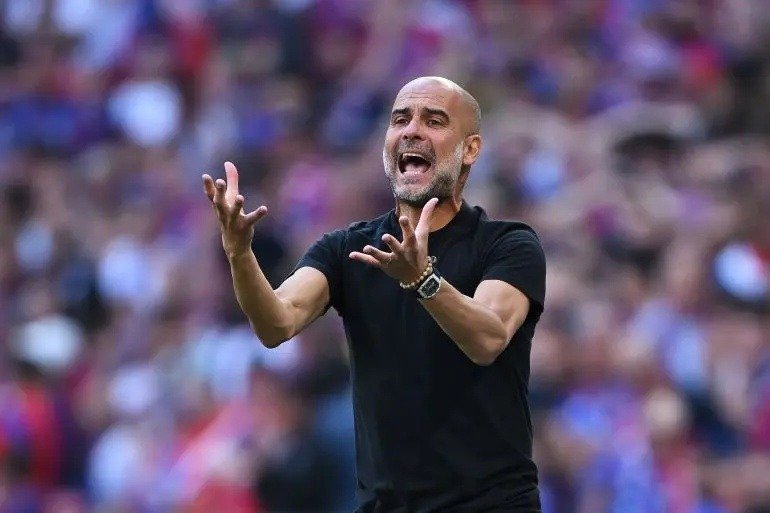
Manchester City, led by Pep Guardiola, remains at the forefront of tactical innovation in 2025. Guardiola’s team combines false-nine dynamics, inverted fullbacks, positional play, and high-intensity pressing to dominate matches while constantly destabilizing opponents.
City’s players interchange positions seamlessly, creating overloads in key areas. Midfielders drop to build attacks or push forward as needed, while fullbacks provide width and inverted support. The false-nine system allows forwards to exploit space intelligently, pulling defenders out of position and opening channels for midfield runners.
Defensively, City employs coordinated pressing patterns to regain possession efficiently. The team’s structure ensures that while pressing aggressively, they remain compact and balanced. Guardiola integrates analytics and opposition scouting to determine optimal pressing zones, rotation strategies, and attacking angles.
This combination of tactical intelligence, fluidity, and data-driven preparation ensures Manchester City remains one of the most advanced and adaptable teams in modern football, dominating possession, transitions, and overall match control in both the Premier League and European competitions.
2. Paris Saint-Germain – Luis Enrique
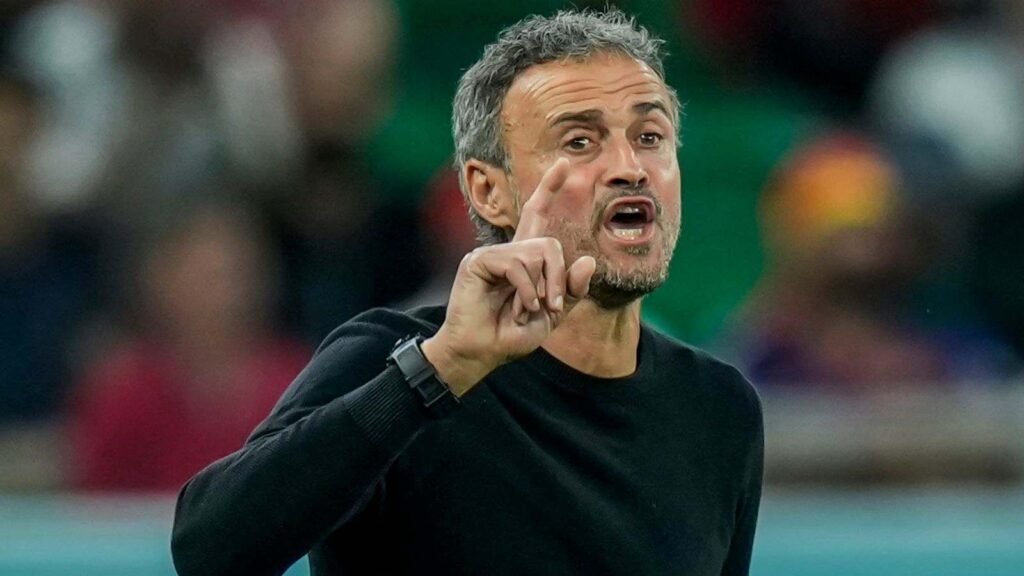
Paris Saint-Germain, managed by Luis Enrique, has emerged as one of Europe’s most tactically innovative teams in 2025. Enrique experiments with hybrid formations, rotating attackers, and flexible positional systems to maximize individual talent while maintaining structured cohesion. PSG’s attacking philosophy blends creativity and intelligence, allowing forwards and midfielders to interchange roles seamlessly, confusing defensive lines and creating multiple scoring opportunities.
Enrique emphasizes quick transitions, with wingers cutting inside and fullbacks overlapping to stretch the opposition. Midfielders rotate fluidly to exploit space and maintain possession control, ensuring PSG dominates key areas on the pitch. The team’s pressing triggers are strategically calculated to recover the ball efficiently while minimizing defensive exposure.
Defensively, PSG combines high-intensity pressing with compact organization. Players anticipate opposition moves, closing down spaces quickly while maintaining structural balance. Enrique also integrates video analysis and tactical data into training, refining rotational patterns, pressing zones, and attacking sequences. This method ensures the team remains unpredictable yet disciplined.
The synergy of tactical flexibility, structured organization, and individual brilliance makes PSG a modern football powerhouse. Their hybrid formations and innovative positional strategies allow them to adapt seamlessly to different opponents, sustaining dominance in Ligue 1 and European competitions. In 2025, PSG exemplifies how modern tactics can combine strategic intelligence with flair, creativity, and efficiency on the highest levels of football.
1. Barcelona – Hansi Flick
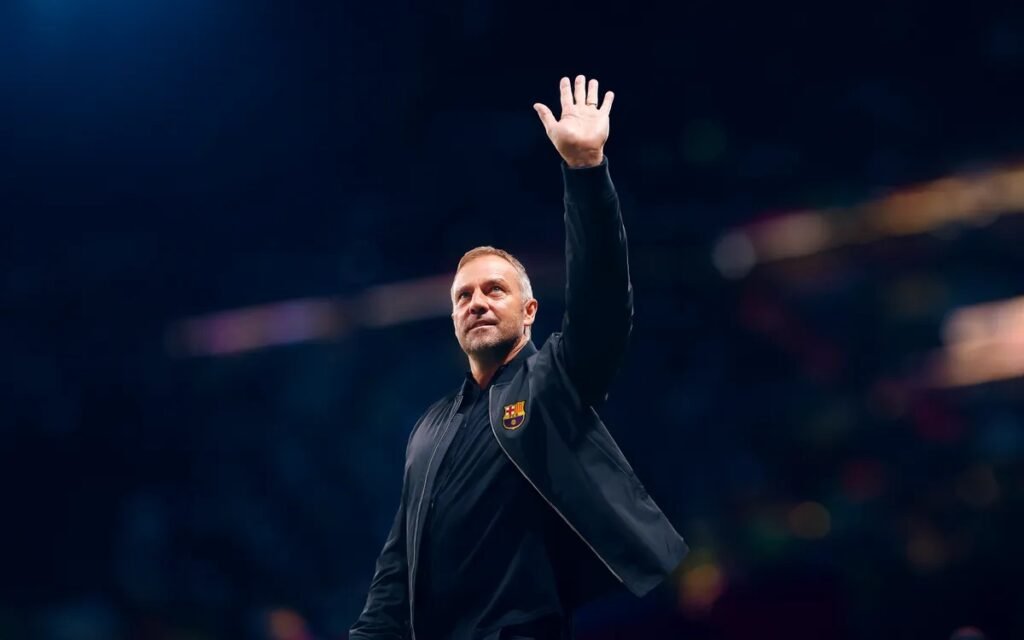
Barcelona, under Hansi Flick, represents the pinnacle of tactical evolution in 2025. Flick has revolutionized the Catalan side’s traditional playing style into a high-intensity, modern system emphasizing high pressing, aggressive offside traps, and dynamic positional rotations across all lines. Unlike previous tiki-taka methods, Flick’s approach combines proactive defensive disruption with fluid attacking transitions, making Barcelona unpredictable and highly effective in domestic and European competitions.
Flick’s tactical innovation is most evident in his balance between offensive fluidity and defensive organization. Wingers cut inside intelligently, fullbacks overlap aggressively, and midfielders interchange positions seamlessly. This creates multiple attacking channels while maintaining compactness during defensive phases. Pressing triggers are calculated to exploit opponents’ weaknesses, forcing turnovers in dangerous areas.
Barcelona also integrates data-driven analysis and performance metrics into tactical preparation. Video insights guide adjustments in pressing intensity, attacking angles, and positional rotation. Key victories over top domestic and European clubs highlight the effectiveness of this system.
Under Flick, Barcelona merges historical identity with contemporary strategies. The team exemplifies modern football principles, blending positional intelligence, fluid rotations, and high pressing into a cohesive system. In 2025, Barcelona stands as the ultimate example of tactical mastery, demonstrating how innovation, discipline, and adaptability can redefine a club’s approach to the beautiful game.
FAQ’s:
Who is currently the coach of AC Milan and what is their tactical style?
Massimiliano Allegri is AC Milan’s current coach in 2025. He emphasizes disciplined defensive organization, flexible formations, and intelligent transitions between attack and defense, blending Italian defensive rigor with modern positional flexibility.
How has Hansi Flick transformed Barcelona’s tactics in 2025?
Hansi Flick has implemented high-pressing systems, aggressive offside traps, and dynamic attacking rotations. His approach balances offensive fluidity with defensive organization, making Barcelona unpredictable and highly efficient in domestic and European competitions.
What makes Chelsea tactically advanced under Enzo Maresca?
Chelsea under Enzo Maresca focuses on possession-based football, high pressing, and positional rotations. Midfielders and forwards interchange intelligently, fullbacks provide width or invert depending on play, and pressing is strategically calculated to regain possession quickly.

